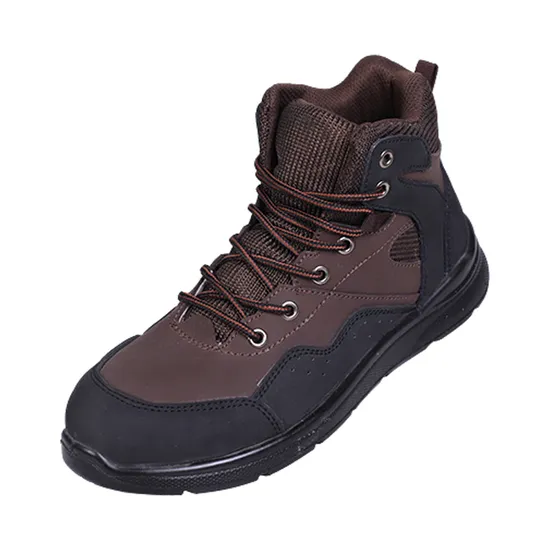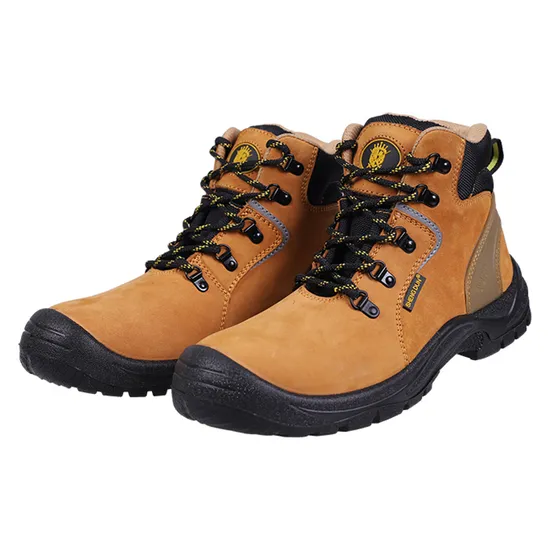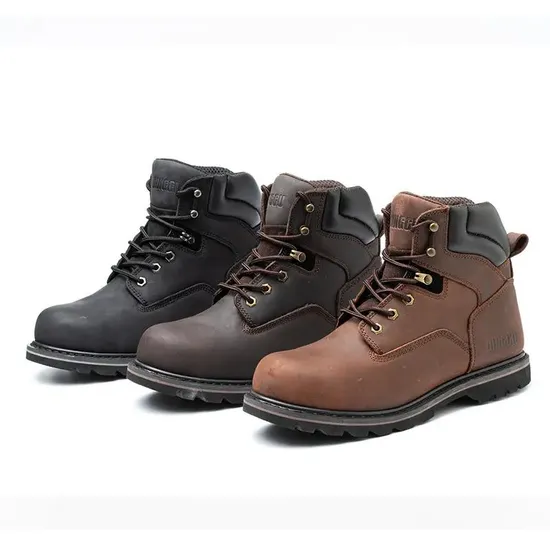


Hungary’s footwear market is gaining momentum, driven by its strategic position in Central Europe, growing e-commerce adoption, and rising demand for durable, affordable designs. As a leading Chinese footwear manufacturer, exporting to Hungary offers access to a cost-effective entry point into the EU, with opportunities in retail, wholesale, and export-oriented industries. This guide covers compliance requirements, logistics strategies, and market insights tailored for international buyers targeting Hungary.
—
Why Import Shoes from China to Hungary?
1. Cost Competitiveness: Chinese manufacturers produce high-quality footwear at prices 30–45% lower than EU-based suppliers, ideal for Hungary’s price-sensitive yet quality-focused retail market.
2. Strategic Location: Hungary’s central location in Europe facilitates easy distribution to neighboring markets like Austria, Slovakia, and Romania.
3. Market Growth: Footwear imports to Hungary rose by 10% in 2023, fueled by e-commerce expansion and demand for versatile, seasonal designs.
—
Step-by-Step Import Process
1. Supplier Selection & Quality Assurance
– Find Reliable Suppliers: Use platforms like Alibaba or Global Sources to connect with verified manufacturers. Prioritize suppliers with ISO 9001 (quality management) or OEKO-TEX certifications.
– Verify Compliance: Ensure products meet EU/EEA standards (e.g., REACH for chemical safety, CE marking for footwear components). Request samples tested for durability in Central European climates.
– Negotiate Terms: Clarify MOQs (Minimum Order Quantities), pricing tiers, payment methods (e.g., LC or TT), and lead times (40–55 days for custom orders).
2. Compliance with EU/Hungarian Regulations
– CE Marking: Mandatory for footwear with specific components (e.g., children’s shoes, sports footwear).
– Labeling: Labels must include Hungarian/English text, EU size designation, material composition, and country of origin (“Made in China”).
– REACH Compliance: Ensure materials do not contain restricted substances (e.g., azo dyes, formaldehyde).
3. Shipping & Logistics
– Preferred Transport Modes:
– Sea Freight: Most cost-effective for bulk shipments (35–50 days via Black Sea routes to Budapest Port).
– Rail Freight: Combine with EU routes (e.g., China-Europe rail to Budapest via Serbia) for faster transit (20–30 days).
– Road Freight: Direct cross-border shipping from Austria or Slovakia for smaller orders.
– Customs Clearance: Prepare invoices, packing lists, certificates of origin, and HS codes (e.g., 6403 for footwear with rubber/plastic soles). Partner with a Hungarian freight forwarder to handle Budapest customs procedures.
4. Tariffs & Taxation
– Import Duties: Hungary applies EU-wide tariffs averaging 5–12% on footwear, depending on material (e.g., leather shoes face higher duties). Verify rates via the Hungarian Customs Authority.
– VAT (ÁFA): 27% standard rate applied to imports; input VAT can be reclaimed with proper documentation.
—
Key Challenges & Solutions
– Logistical Complexity: Hungary’s landlocked location requires coordination with EU neighbors. Partner with logistics providers specializing in Central European shipping.
– Language Barriers: Ensure labels and contracts are in Hungarian or English (business documents often use Hungarian).
– Quality Control: Conduct pre-shipment inspections in China to avoid disputes over sizing or performance in variable weather.
—
Market Insights & Trends
1. E-Commerce Growth: Platforms like Amazon Hungary and local retailers (e.g., Emag.hu) drive sales—optimize listings with keywords like “téli cipő” (winter boots) or “sportcipő” (sports shoes).
2. Sustainability Focus: 60% of Hungarians prioritize eco-friendly brands. Highlight:
– Vegan leather or recycled ocean plastic shoes.
– Carbon-neutral shipping options.
3. Seasonal Demand: Plan inventory around peak seasons (holiday sales in November–December, winter gear in October–March).
—
Maximizing Profitability
– Optimize Packaging: Compact, weather-resistant packaging reduces shipping costs and withstands Central European winters.
– Monitor Exchange Rates: Lock in favorable EUR/CNY rates using forward contracts to mitigate currency volatility.
– Leverage EU Trade Agreements: Export surplus stock to neighboring EU countries duty-free under EU agreements.
—
Conclusion
Importing shoes from China to Hungary combines affordability with access to a centrally located, rapidly growing market. By prioritizing compliance with EU standards, leveraging efficient logistics, and adapting products to local needs, wholesale buyers and retailers can capitalize on Hungary’s rising demand. Start by partnering with vetted suppliers and tapping into Budapest’s thriving e-commerce and retail networks.
Article link:https://www.vlefooena.com/manufacturer/3879/

No reply content